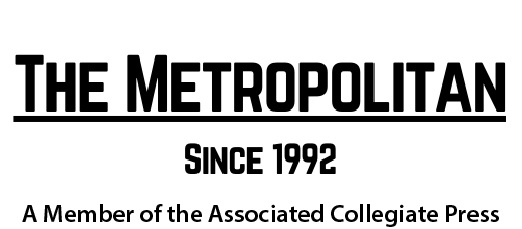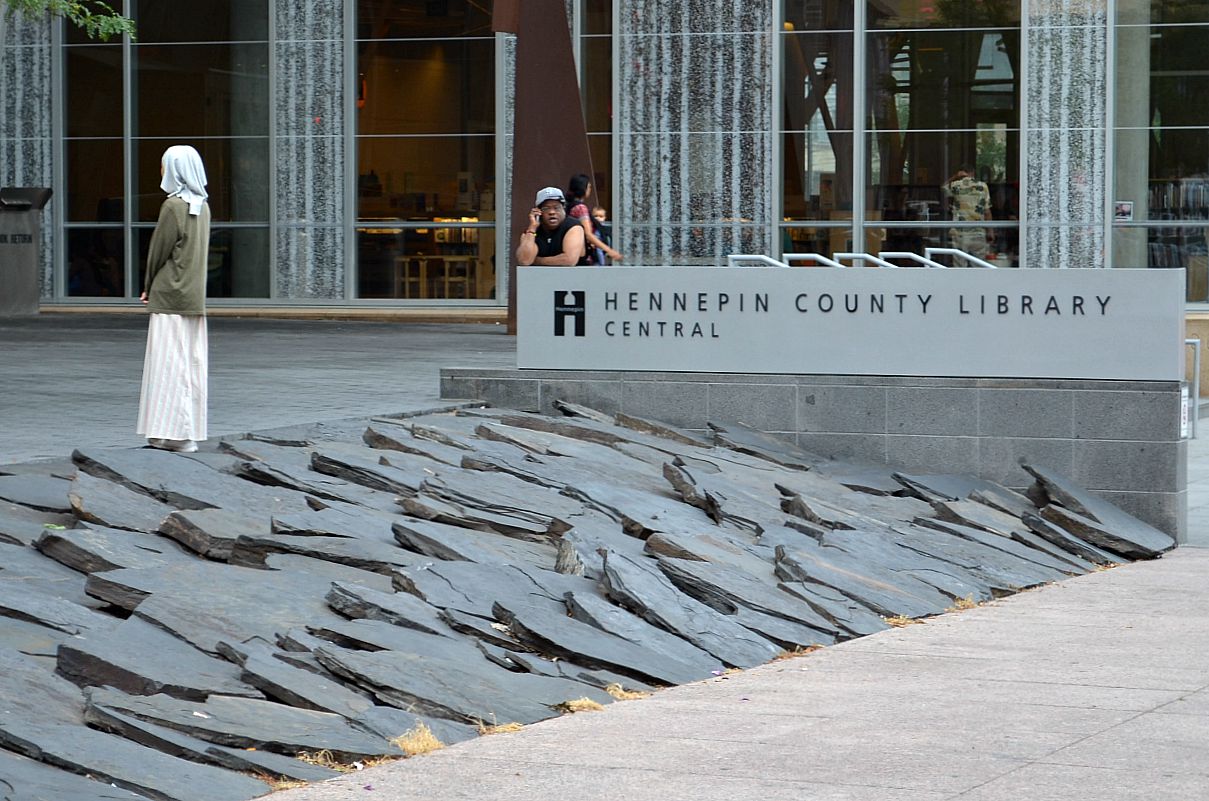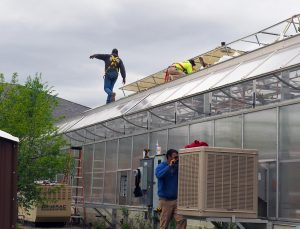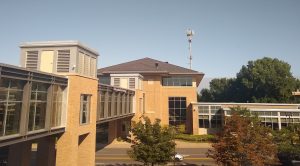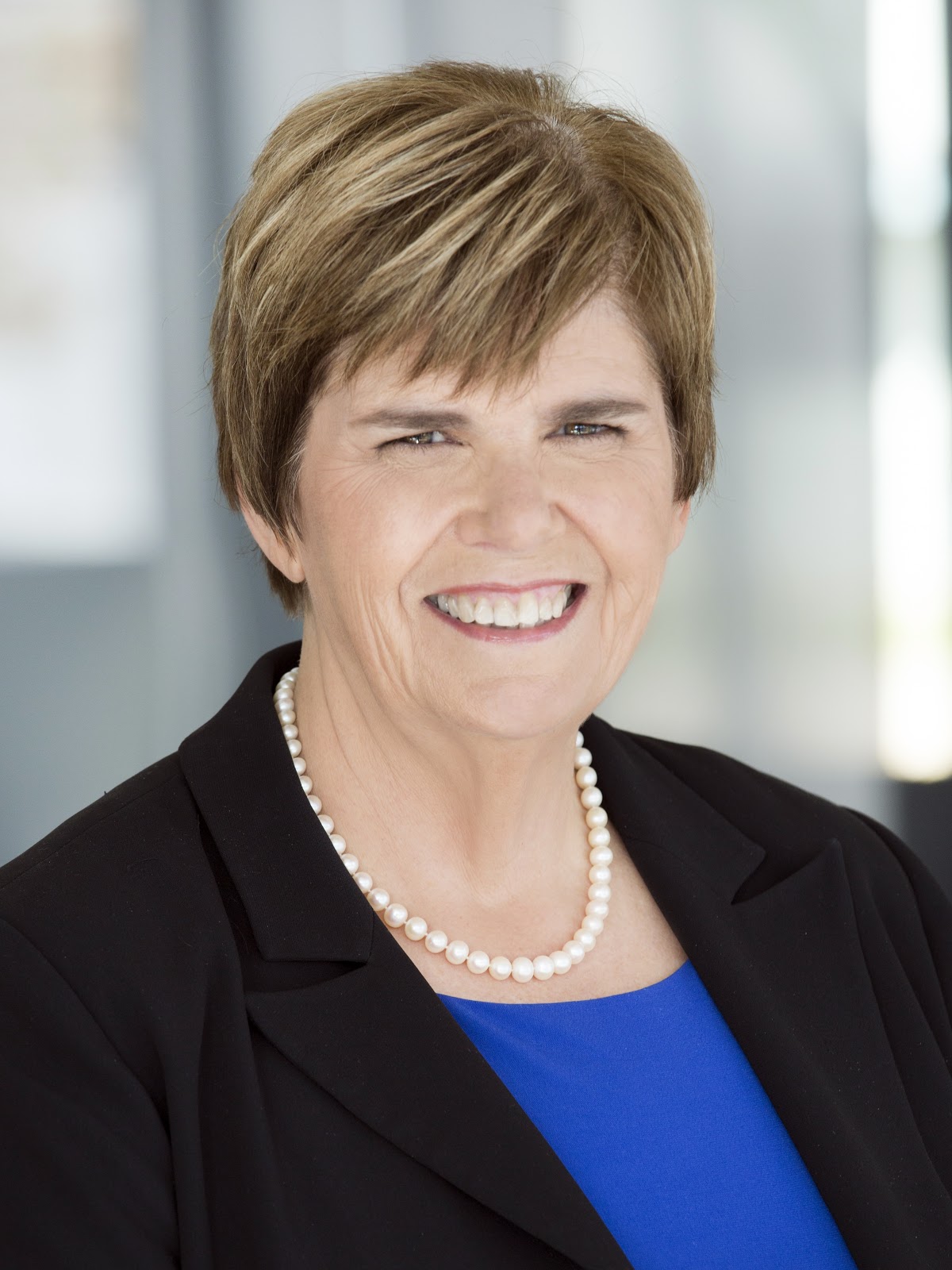Susan Randall
Share:
Every Saturday morning you’ll find Barb Peterson of Maple Grove at her local library with her two young boys.
She allows them to pick out all the books they want—although she admits it can be a challenge to get them to sit still long enough to read. “They’re active boys,” she says with a laugh. “Sometimes the only time I can get them to read or to listen to a book is at bedtime, but I feel it’s important to try to instill a reading habit from an early age.”
Peterson also grabs a book or two for herself. She prefers physical books but realizes that changing technology may cause her to have to rely more and more on e-books in the future. But she hopes that time is not anytime soon.
Online sales of e-books continue to rise while sales of print books are declining. In 2017, e-books made up 55 percent of units sold, print books were 39 percent, and audiobooks—a fast-growing share— made up the remaining six percent of sales. While these ratios don’t hold true for the total circulation for the Hennepin County Library (HCL), the numbers are continuing to shift from print books to “downloadables” (e-books and downloadable audio and video items).
“Circulation has continued to increase year to year and . . . downloadables had a significant increase between 2016 and 2017 of almost 13 percent,” said Ali Turner, System Services Division Manager of the HCL.
However, this does not correlate to a corresponding decrease in the circulation of print books. “Our most avid super users tend to read across platforms, so they’re still physically visiting libraries even though they’re also using e-books for some of their reading,” said Turner.
Another factor that impacts borrowing is that not all subjects or books are available in multiple formats. For example, some information on health or travel is more often being published in the form of online databases and magazines, rather than in books, because that information can become quickly outdated. Additionally, some publishers and vendors may be slower to come to the e-book bandwagon until they are more confident of the potential profits of shifting from print books to e-books.
But, in the end, many users just want the information—regardless of the form. According to Turner, people are a little “format-agnostic” and a lot of times the only place, or the best place, to get the information they need is online—and people seem to be willing to go there to get it.
The budget for the HCL has remained relatively stable for the last few years, so the library continually looks at user needs and adjusts its expenditures accordingly.
The library also considers the cost to obtain or maintain downloadables compared to that of physical books. For example, there is no need to box, fix or clean online media. Also, books have, quite literally, a shelf life—an issue not encountered with online subscription materials.
The library subscribes to almost all of its e-books so it is constantly evaluating the demand for books. If demand drops for a particular book, the library can replace that subscription with another in-demand e-book. Of benefit to the library patron, e-books can be obtained within seconds of their return by the previous borrower—rather than the several days needed to recirculate a print book.
The library offers many services beyond providing borrowing resources to their patrons.
“Our staff are experts in navigating the whole community and getting people to the resources they need, so our staff is our number one asset,” said Turner. “And our spaces are one of the last free spaces where community members from across the whole community can gather.”
So what does this mean for the future of the library?
“We’ll always have a library,” said Turner. “We’ll always have some physical books, in my lifetime, in my children’s lifetime, I think.”
Barb Peterson will be happy to know that she can plan for many more Saturday visits to her library and that print books likely will be a part of her future.
Randall graduated in spring 2018 with a B.A. in professional writing and technical communication. This article was written as an assignment in Writing the News in a Digital World (WRIT 341), a course taught by Kathy Graves.
